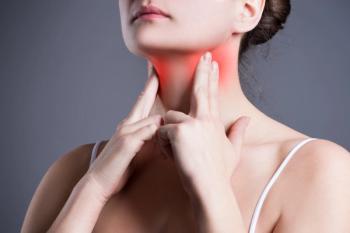
A new study explored whether there is higher risk of very preterm birth (< 32 weeks’ gestation) in thyroid peroxidase antibody (TPOAb)-positive women compared to TPOAb-negative women.

A new study explored whether there is higher risk of very preterm birth (< 32 weeks’ gestation) in thyroid peroxidase antibody (TPOAb)-positive women compared to TPOAb-negative women.

New research tracking the rate of chronic hypertension among pregnant women over 40 years has uncovered startling trends regarding its prevalence.
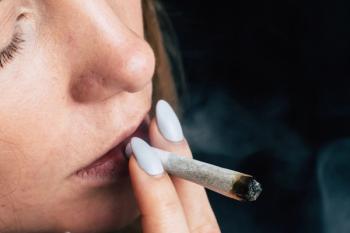
Substance use need not be an absolute barrier to breastfeeding, but drug- and patient-specific guidance with counseling free of bias are the keys.

New research explored whether risk of wrong-patient orders increased among multiple-birth infants compared with singleton-birth infants in the NICU.

Researchers say that planned early delivery in mothers with late preterm preeclampsia may result in fewer maternal deaths, but it is not without tradeoffs.
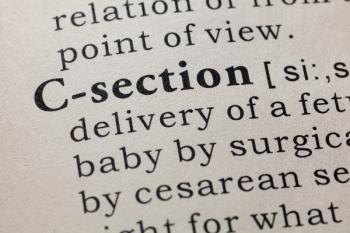
A study by European researchers suggests that there may be a link between birth by cesarean delivery and autism spectrum disorder (ASD) and attention-deficit hyperactivity disorder (ADHD).

A recent study compared labor care processes and birth outcomes between births in medical centers with both midwives and physicians versus those receiving only physician care.

Perineal laceration occur in up to 80% of vaginal deliveries and the severity of lacerations varies from minor lacerations that affect the skin or superficial structures of the perineum to more severe lacerations that damage the muscles fo the anal sphincter complex and rectum.

Operative vaginal delivery is an important management option for patients in the second stage of labor whose clinical situation requires expedited delivery.

A randomized trial examined whether cytomegalovirus (CMV) hyperimmune globulin is the answer to preventing CMV infection during pregnancy.

A recent study aimed to examine characteristics of real-world use patterns among a large sample of American women.

While water fluoridation has great benefits for tooth decay prevention, research indicates that in pregnant women, fluoride crosses the placenta and accumulates in brain regions involved in learning and memory.


Management of OSA in pregnant women should continue through the postpartum period and should be multidisciplinary.
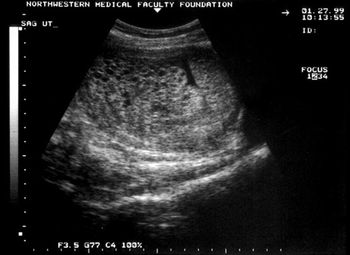
Ultrasonography plays a critical role in the diagnosis of both complete and partial molar pregnancy.

As more women in wealthy countries choose to birth at home, concerns persist about perinatal and neonatal mortality in an out-of-hospital delivery setting.

New research explores the reasons why women turn to alcohol, tobacco, and cannabis during pregnancy

CSP is a challenge but management is possible with a multidisciplinary approach.

A recent review examined how effective pregnancy support programs are in reducing low birthweight or preterm birth prevalence.
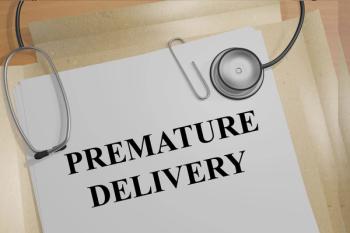
New research explored whether umbilical cord milking in preterm infants improves functional cardiac outcomes, neonatal morbidity or mortality.
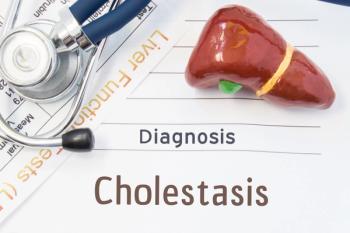
Results of a new study by investigators in UK call into question whether ursodeoxycholic acid should be used to treat pregnant women with intrahepatic cholestasis.

New data suggests that while imaging practice patterns have changed over the past 20 years, exposure in pregnancy may vary by a woman’s age and race.

A systematic review and meta-analysis by UK authors sheds new light on social outcomes in adults who were born preterm or at LBW.

Vacuum deliveries have largely been on the decline and the trend is not likely to reverse.

A new analysis tested the hypothesis that maternal anthropometric characteristics were associated with increased risk of subsequent childhood cancer development.